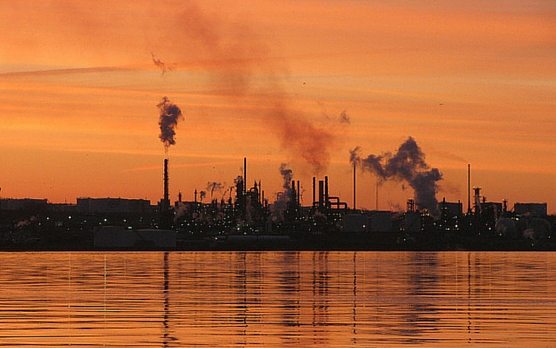Why have consumer electricity and gas prices not fallen as steeply as oil?
A current theme is that electricity and gas consumers are sometimes disappointed by the lack of reductions on their electricity and gas renewal prices. With a falling oil prices, consumers could be forgiven for expecting a similar scenario with gas and electricity. However whilst linked, the correlation between oil and end consumer prices is not a direct one. The severe reduction in the price of oil has had a very welcome impact on consumers electricity or gas contracts, it just isn’t as dramatic as one might think due to multiple factors summarised below:
Commodity costs
At the time of publishing this blog in February 2016, Commodity costs are currently fantastic, close to annual low levels. In fact some energy suppliers are reporting that their commodity costs have not been this low in close to a decade! Undoubtedly low commodity costs are good for the end consumer, most clients are enjoying savings compared to contracts booked in 2014/2015. However, it is worthwhile to remember that commodity prices are only one component to influence the rates that appear on your supply contract and bill. In fact, in recent years, commodity prices account for less and less of a typical electricity bill. Estimates suggest that approximately half of a typical half hourly electricity bill is directly linked to commodity costs. Even with their declining influence, it is better to lock in a contract whilst this element of cost is low, which is why Direct Power and the suppliers are busy locking in client contracts for 2016/2017 start dates at this time. Many clients are making their contract renewal decision 6-18 months ahead of renewal date, with a majority securing rates into 2018 and beyond, some opting for contracts to see them into 2020/2021. Locking into a long term contract now will most likely result in significant savings on your current contract, free up valuable administration time, and enable you to improve your competitiveness as far out as 2021, sounds like a win, win, win arrangement.
A simple way to track commodity costs is to follow the price of oil or petrol. If you would be happy to secure petrol at close to £1.00/litre for the next five years, you can apply the same logic to your gas and electricity contracts and lock in rates for the foreseeable future. The Nasdaq website is a great resource for tracking current brent crude oil prices.
Non-commodity costs (Third Party costs)
Whilst commodity prices have fallen, simultaneously non-commodity costs have risen sharply. If you opt for a ‘fixed style’ contract, these costs are included in your unit rate. If you opt for a ‘pass-through’ type contract, these will be listed as separate items on your bill. Non-commodity costs cover everything from Transportation/Transmission, Distribution and multiple kinds of ‘green levy’ such as Renewable Obligation, Contracts for Difference, Feed In Tariff, refer to Direct Power’s jargon buster for more information. Many of these charges are set in advance, so whilst the commodity cost is unpredictable, we know that Non-commodity costs are set to rise in the coming years, partly explaining why a longer term contract is typically more costly than a shorter term contract.
Market Summary
With commodity prices down and non-commodity costs set to increase, we are enjoying a pricing sweet spot. Currently both Direct Power & the energy suppliers are busy locking in 2016/2017 contracts to take advantage of this. If you wish to secure rates now, or review prices to assist with future budget planning please contact your Direct Power Account manager.

